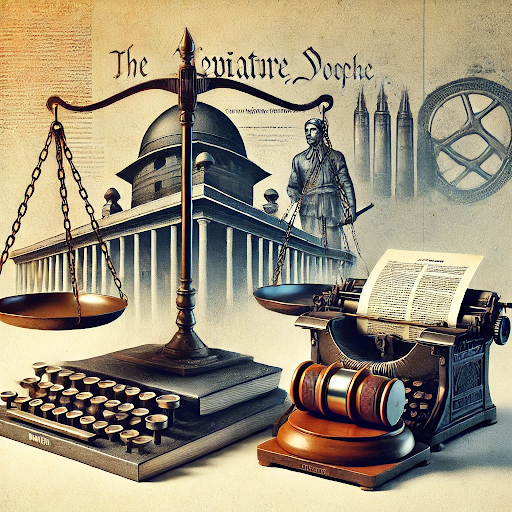Rai Sahib Ram Jawaya Kapur v. State of Punjab (1955)
Introduction
The case of Rai Sahib Ram Jawaya Kapur v. State of Punjab (1955) is a landmark judgment that clarified the scope of executive power under the Indian Constitution. The Supreme Court, in this case, established that while India does not follow the strict doctrine of separation of powers, the executive cannot act arbitrarily and must function within the constitutional framework. This case also provided insights into the limitations of executive action in commercial activities.
Background and Context
Post-independence, the Indian government was actively involved in various economic activities. The case arose during a time when questions regarding the extent of state intervention in business and commerce were emerging. The petitioners, who were private businessmen engaged in printing and publishing, found themselves directly affected by state competition. Their challenge set the stage for judicial scrutiny of the extent of executive powers and the constitutional boundaries of state intervention in business.
Facts of the Case
The petitioners, engaged in the printing and publishing business, challenged the State of Punjab's decision to enter the printing sector. They argued that the state's intervention in commercial activities violated their fundamental rights under Article 19(1)(g), which guarantees the right to practice any profession, trade, or business. The state, however, contended that its action was within its executive powers and did not require separate legislative sanction.
Issues Raised
Arguments Presented
Petitioners' Arguments
State of Punjab’s Arguments
Judgment
The Supreme Court of India, in its judgment, held that the executive can exercise any function that the legislature can authorize, but it must not overstep its constitutional limitations. Unlike the rigid separation of powers seen in the U.S. Constitution, the Indian Constitution follows a more flexible approach, where the functions of the three organs of government are demarcated but with some degree of overlap.
The Court also ruled that the executive cannot engage in trade or business unless explicitly sanctioned by law. Since no law allowed the Punjab government to carry out the printing business, its actions were deemed unconstitutional.
Regarding fundamental rights and economic freedom, the Court found that the petitioners' rights under Article 19(1)(g) were not violated, as the state’s involvement in business did not create a monopoly that restricted private businesses from operating. The ruling reinforced the principle that state-led commercial activities must have legislative backing.
Impact and Significance of the Judgment
The ruling defined the executive's role by clarifying the scope of its power and restricting its actions to those permitted by the Constitution and legislature. It reaffirmed the doctrine of separation of powers, reinforcing that the executive cannot assume functions reserved for the legislature, even though India does not follow strict separation.
The judgment also guided state involvement in business by setting a precedent that the government must have legislative approval before engaging in commercial enterprises. Additionally, it strengthened constitutional governance, becoming a key reference in cases questioning state intervention in business.
Lastly, the ruling set limits on government monopoly, striking a balance between the state’s role in economic development and the rights of private businesses.
